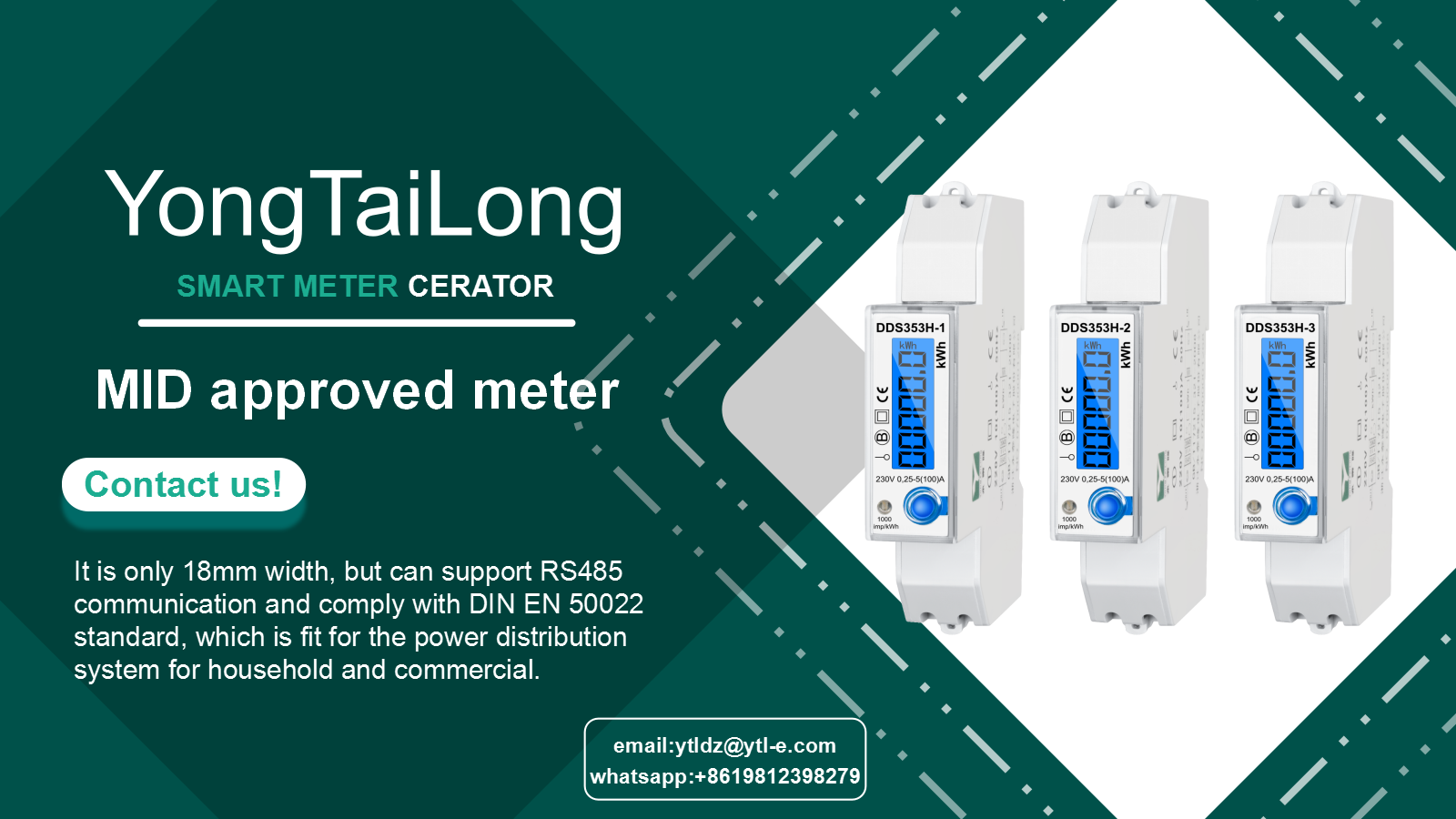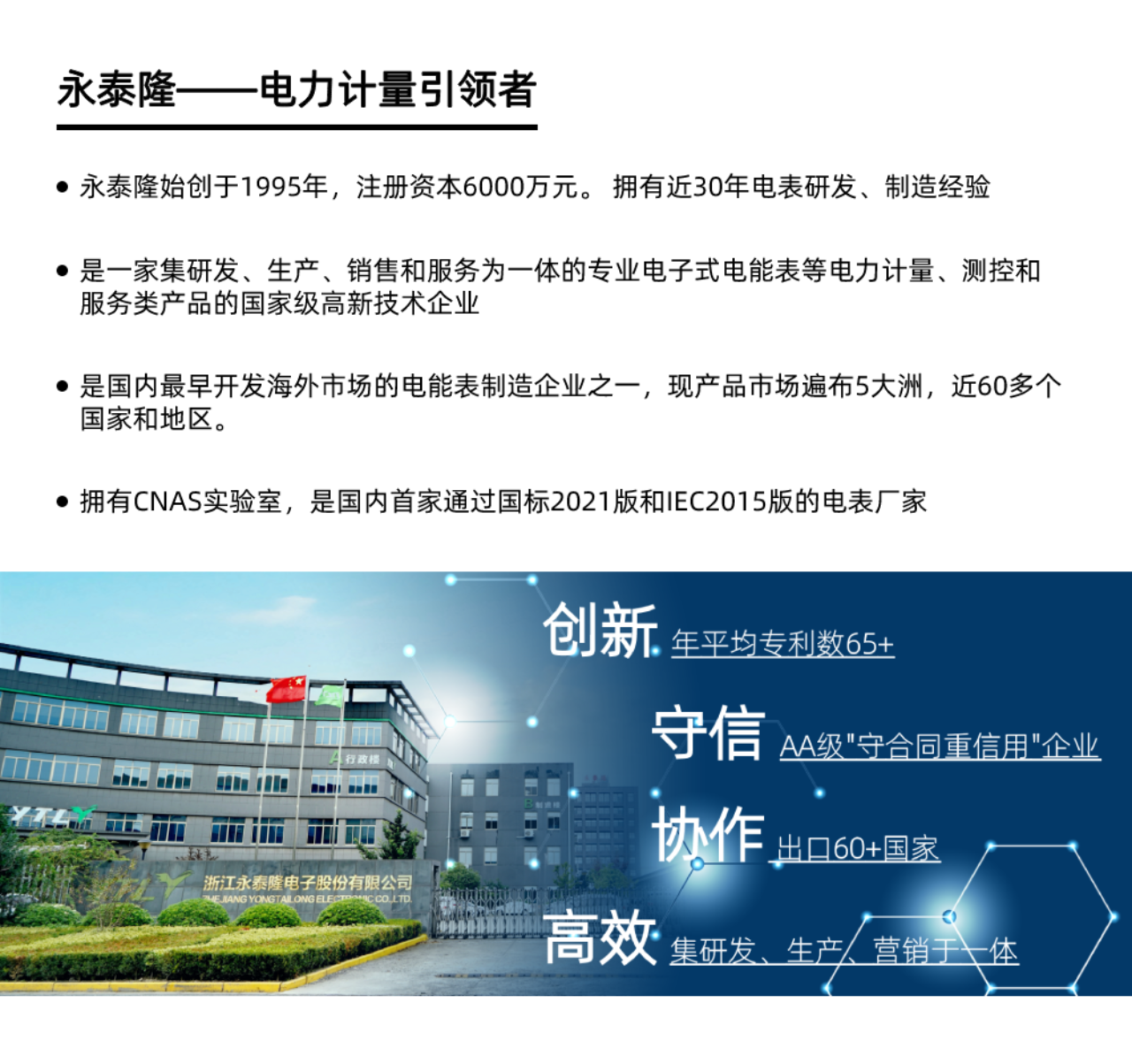With the increasing global demand for energy management, energy meters, as an important tool for measuring electricity, have become an indispensable part of modern power systems. The electric energy meter company focuses on researching and producing high-precision and intelligent electric energy meters to meet the needs of different customers for power monitoring. This article will provide a detailed introduction to the working principle and classification of electric energy meters, helping users better understand the functions of electric energy meters and choose suitable products.

1、 What is an electric energy meter?
An energy meter is a device used to measure the consumption of electrical energy. It calculates and displays the total electricity consumption (such as kilowatt hours) by recording parameters such as current, voltage, and power. In modern power systems, energy meters are not limited to basic energy measurement, but also have multiple functions such as data recording, remote meter reading, and real-time monitoring.
2、 The working principle of an electric energy meter
Basic principle:
An electric energy meter measures the power of alternating current and integrates it to obtain the total electricity consumption. Traditional mechanical energy meters use the magnetic field generated by current and voltage to drive gears and pointers to rotate, thereby displaying electricity consumption. Modern electronic energy meters use microprocessor technology to sample and calculate current and voltage signals, and display the measurement results on LCD or LED screens.
Key components:
Current transformer and voltage transformer: used to convert high voltage and high current into signals within a safe range.
Microprocessor: responsible for executing measurement algorithms, calculating power and energy, and storing data.
Display screen: Real time display of information such as electricity consumption, current, voltage, etc.

3、 Classification of electric energy meters
Classified by technology type:
Mechanical energy meter: displays electricity consumption through mechanical gears and pointers, with a simple structure but low accuracy.
Electronic energy meter: using digital processing technology, it has the characteristics of high precision and multifunctionality.
Smart energy meter (AMI meter): Integrated communication module, supports remote meter reading and data management, and is an important component of smart grid.
Classified by purpose:
Residential electricity meter: used for household users, with simple functions and low prices.
Industrial energy meter: suitable for high voltage and high current environments, providing multiple measurement parameters and interfaces.
Remote meter reading electric energy meter: supports wireless communication and is suitable for widely distributed user scenarios.
4、 Key points for choosing a high-quality electric energy meter company
Technical strength: High quality electric energy meter companies should have independent research and development capabilities, and be able to provide high-precision and high reliability products.
Product certification: Ensure that the product meets the national or regional standards and certification requirements for electric energy meters.
After sales service: Choose a company that provides comprehensive technical support and quick response to ensure stability during long-term use.
5、 Summary
Electric energy meters are an important component of modern power systems, and their working principles and classifications directly affect their applications in different scenarios. Choosing a professional energy meter company can not only ensure product quality, but also provide users with better service and support. When choosing an electric energy meter, it is recommended that users consider factors such as technical requirements, budget, and after-sales service comprehensively to obtain the ideal solution.


 English
English 简体中文
简体中文






.png?imageView2/2/w/500/h/500/format/png/q/100)

.png?imageView2/2/w/500/h/500/format/png/q/100)





